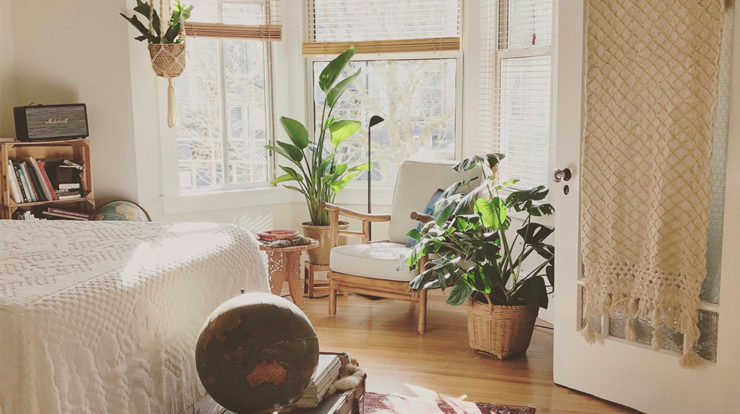

Features
Another Dimension of Resilience
Terrapin Bright Green
Share
This year’s wildfires across the country have implored us to reflect on the idea of resilience in its many forms. Last year we wrote a guide for rebuilding in fire-prone areas for the Malibu Foundation. It correctly focused on strategies for affordably building energy efficient and disaster resilient homes. Insurance issues, construction techniques, materials choices, renewable energy strategies, and fire safe landscaping were all considered. In retrospect, we believe one important topic was inadvertently excluded.
Our experience has shown us that one of the primary hurdles faced by rebuilders (those who lost their home in a wildfire or other disaster, and would like to rebuild) is the psychological trauma experienced, some even having PTSD, as a result of losing their home and belongings. In this way, the rebuilding of a home is not just to create a resilient building, but also to build back the resilience of the people who live in it.
What needs to be done to renew the wellbeing and resilience of the occupants? Much of this may be built back through personal counseling; the Malibu Foundation had the foresight to offer psychological services to rebuilders. Arguably, biophilic design also needs to be part of the solution. Stress reduction, improved cognitive function, enhanced moods and more prosocial behaviors are all observed outcomes of biophilic design. Additionally, a reconnection to place and one’s surroundings, by way of biophilic design, can be a powerful part of the healing process.
Some biophilic strategies for a home might include interiors that use natural materials like stone, wood; fabric, floor or wall coverings that include biomorphic designs; and landscaping that creates a savannah-like setting around the house. Many examples are discussed in our recent publication Nature Inside, A Biophilic Design Guide. Perhaps most critical is that spaces can be designed specifically to offer a refuge experience – a biophilic design pattern shown to promote a sense of safety and comfort. The experience of refuge is created when one’s back is protected and there is cover overhead, such as with a deep booth or banquette in the kitchen, a bay window seat in the living room, a comfy tall wingback reading chair in the bedroom, or a covered porch. Biophilic design can support the psychological wellbeing of people dealing with post-disaster stress and, quite frankly in this period of pandemic, is important for psychological resilience in all of us.
Topics
- Environmental Values
- Speaking
- LEED
- Terrapin Team
- Phoebe
- Community Development
- Greenbuild
- Technology
- Biophilic Design Interactive
- Catie Ryan
- Spanish
- Hebrew
- French
- Portuguese
- Publications
- Occupant Comfort
- Materials Science
- Conference
- Psychoacoustics
- Education
- Workshop
- Mass Timber
- Transit
- Carbon Strategy
- connection with natural materials
- interior design
- inspirational hero
- biophilia
- economics of biophilia
- Sustainability
- wood
- case studies
- Systems Integration
- Biophilic Design
- Commercial
- Net Zero
- Resorts & Hospitality
- Energy Utilization
- Water Management
- Corporations and Institutions
- Institutional
- Ecosystem Science
- Green Guidelines
- Profitability
- Climate Resiliency
- Health & Wellbeing
- Indoor Environmental Quality
- Building Performance
- Bioinspired Innovation
- Biodiversity
- Residential
- Master Planning
- Architects and Designers
- Developers and Building Owners
- Governments and NGOs
- Urban Design
- Product Development
- Original Research
- Manufacturing
- Industrial Ecology
- Resource Management
- Sustainability Plans
- Health Care
- Carbon Neutrality


